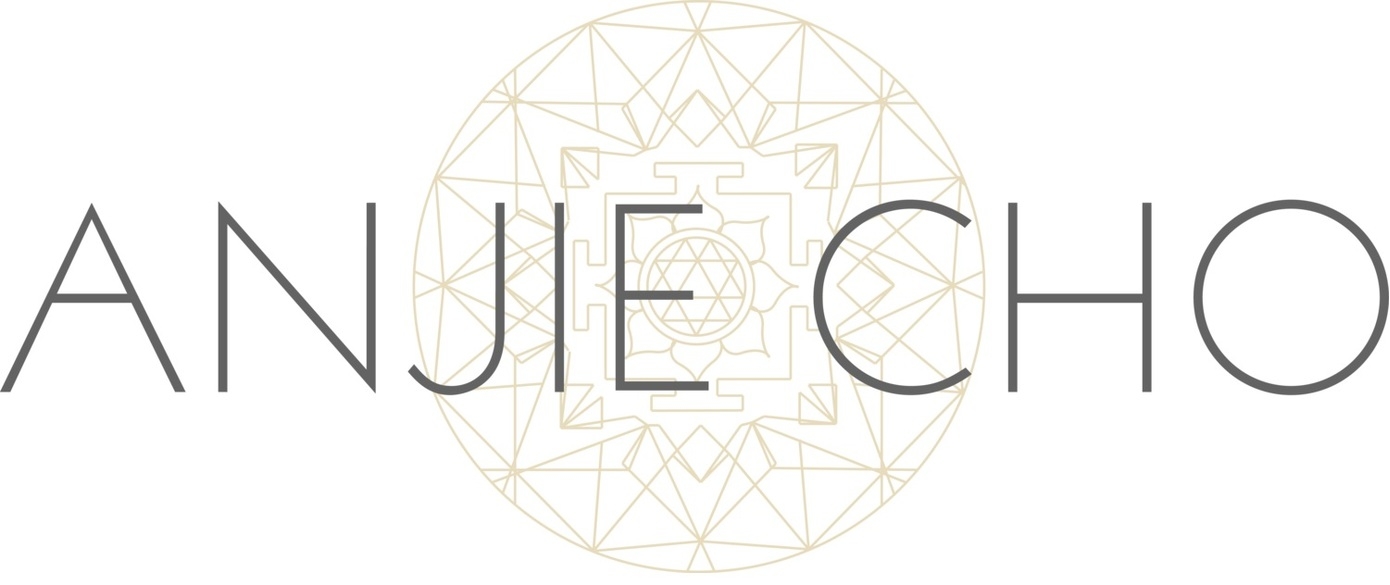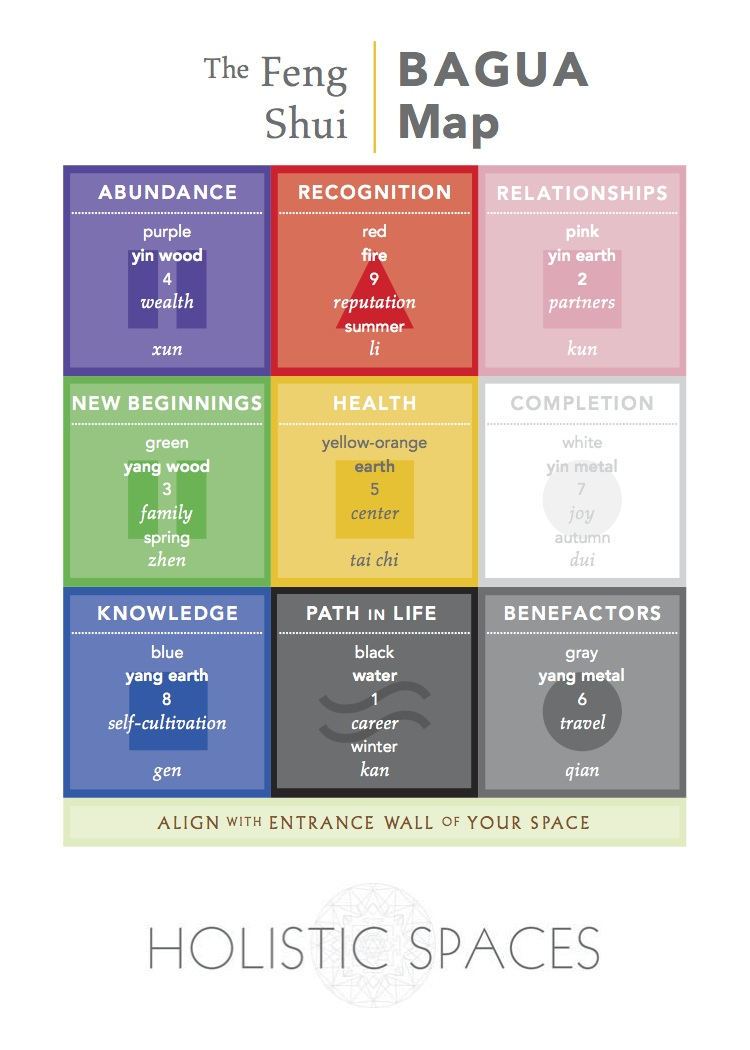Thank you very much for taking the time to read my inquiry. I am a Rooster, born on August 18, 1981. My house faces the east (my front door faces the east). My kitchen is in the NE, guest room is in the east and my son's bedroom is in the SE. Master's bedroom is in the SW, while living room/grand dining room is in the NW. In the west is our bathroom. I just started my business. However, I am having difficulty selling out my products. I am selling fashion bag charms / bag accessories. This is the first time the styles I have are sold in the U.S. I want to be a successful business owner, but I didn't expect it to be this difficult. Can you help me? What should I do?
Avvy C., Cleveland, MS
Hi Avvy,
Thanks for listening to the podcast and your question. First I wanted to explain that there are many schools of feng shui - dozens. The feng shui that I practice is BTB feng shui, and we do not use the compass directions in our analytics. If you’re interested in that, you can try a compass, flying star or classical feng shui consultant. My good friend, Beth Grace, may be a good option. She’s featured regularly on my new podcast mini-series “Astrology and Feng Shui”. Check out the podcast and Beth!
Otherwise, if you aren’t specifically looking for a particular school, BTB feng shui does, of course, give methods for improving your business. You did not mention an office in your home, so the first thing would probably be to look at the feng shui of your office. If you don’t have an office, that could be an issue.
You also mention that you are selling something that is new to the U.S. When I work with a client, I ask a lot of questions at this point to pinpoint what the issue is. For instance, is the problem that you can’t get the business off the ground? Are there money issues? Are the products desirable; are they made well? Is it that people know about the product but don't want to buy? Or if only they knew about the product they would buy? And of course there are a slew of other questions; these are just a few.
In general, I would make sure you have an office space with a dedicated desk. Please make sure your desk is located in command of your space. There’s information in these articles about the command position. I also have a feeling that you need to work on the Recognition and Fame area, so that people know about your product. You can place something like a new green living plant in the Recognition area of your desk and home to add some fuel to fire up your recognition.
Hope that helps! Let us know and good luck with your new business!





